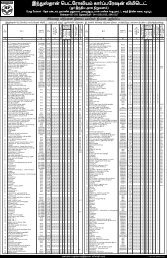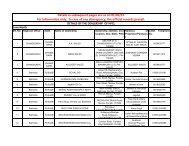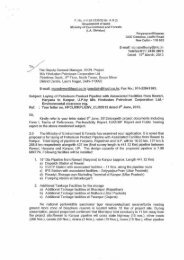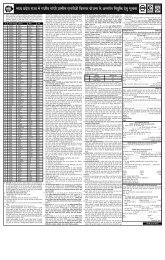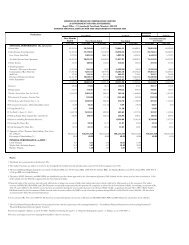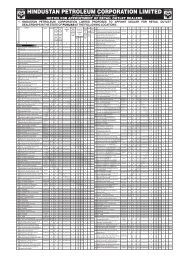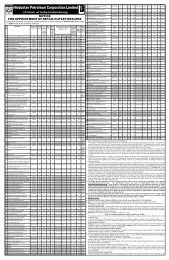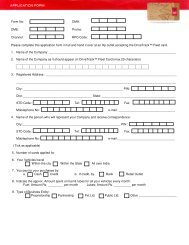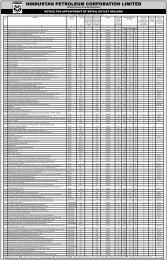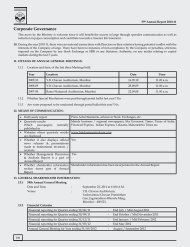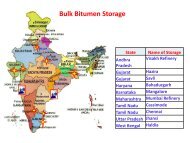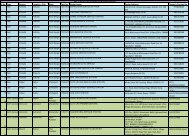HP Bitumen Handbook - Hindustan Petroleum Corporation Limited
HP Bitumen Handbook - Hindustan Petroleum Corporation Limited
HP Bitumen Handbook - Hindustan Petroleum Corporation Limited
You also want an ePaper? Increase the reach of your titles
YUMPU automatically turns print PDFs into web optimized ePapers that Google loves.
6. tests for vg grade bitumen<br />
There are many bitumen properties which can be tested. All these tests replicate<br />
the actual field conditions in different ways. Different types of standard tests<br />
conducted on it are briefly described below:<br />
6.1 Viscosity Based System<br />
The actual tests conducted are as follows:<br />
6.1.1 Viscosity Test<br />
Viscosity at 135 O C is a fair indicator of the ability of bitumen to coat the<br />
aggregates properly. In order to get best coating the viscosity has to be<br />
optimum. Too viscous bitumen would result in inadequate and non-uniform<br />
coating of the aggregates. Very low viscosity would again result in inadequate<br />
coating as the bitumen will tend to bleed. Therefore viscosity at 135 O C is a true<br />
reflection of the quality of bond that is likely to be formed with the aggregate.<br />
Various testing equipments like Capillary Viscometer, Cup Viscometer, Tar<br />
Viscometer, etc. can be used for testing the viscosity.<br />
Viscosity at 60 O C is a very good indicator of the resistance of bitumen to<br />
melting/flowing on the road. It is considered to be replacement test for Softening<br />
Point test. Some specifications have replaced softening point test with Viscosity<br />
at 60 O C. However, at many places both the tests are carried out as both the<br />
tests are empirical and have their own limitations.<br />
9



